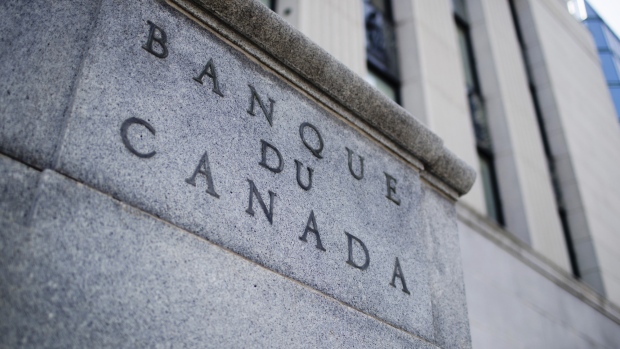Mar 5, 2019
Economic slump prompts rethink of Bank of Canada's rate path
, Bloomberg News

The Canadian economy’s sudden slowdown at the end of last year is set to keep the Bank of Canada from raising interest rates Wednesday, with investors looking for clues as to whether it pushes Governor Stephen Poloz off his hiking path altogether.
All 25 analysts surveyed by Bloomberg see policy makers leaving the benchmark overnight rate at 1.75 per cent in a decision at 10 a.m. in Ottawa. The more important question will be whether last week’s disappointing economic data prompt the central bank to reconsider the merits of adding to its five interest rate increases since mid-2017.
Until now, Poloz has stuck to his conviction that rates are still likely heading higher, even as other central banks including the Federal Reserve take a more dovish tilt and markets bet he is largely done. His assumption has been that the economy would rebound from its current soft patch and capacity constraints would re-emerge.
But last week’s data showed a much deeper slowdown than anyone anticipated, casting doubt on the underlying strength of the expansion.
- Traders bet Canadian economy can't stomach positive real rates
- Pattie Lovett-Reid: You should get ready for Canada’s soft patch, too
- Poloz can't 'overly-tune' policy: Former BoC governor Dodge
RELATED
A dismal gross domestic product report “just reinforces the need for the bank to stop talking about raising rates and continue to talk about waiting for the data to tell us where we are,” Avery Shenfeld, chief economist at Canadian Imperial Bank of Commerce, said in a telephone interview.
The economy grew by just 0.1 per cent in the fourth quarter, for an annualized pace of 0.4 per cent, Statistics Canada said on Friday. That’s the worst quarterly performance in two and a half years and well below the central bank’s expectations for a 1.3 per cent annualized increase.
The broad-based nature of the slowdown may be even more troubling. Consumption spending grew at the slowest pace in almost four years, housing investment fell by the most in a decade, business spending dropped sharply for a second straight quarter, and domestic demand posted its largest decline since 2015.
While the central bank won’t release new economic forecasts Wednesday and there’s no press conference accompanying the decision, Deputy Governor Lynn Patterson will give an economic progress report Thursday that will provide some insight into the rate deliberations and how the central bank is interpreting the latest data.
The Bank of Canada began paring back optimism for the outlook at the end of last year, and in January added the words “over time” to its forward-looking statements to signal that while rates will eventually rise, officials are in no rush.
In a Feb. 21 speech, Poloz layered in some new dovish language. He said the path to higher rates had become “highly uncertain” and gave specific reasons for why he’s been on hold since October, such as risks to the outlook for business investment and weaker-than-expected housing activity.
Even if officials stick to an overall rate-hike story, they’ll need to acknowledge the changed outlook. Not only has the slowdown been deeper than expected, but Statistics Canada’s downward revisions to growth in the first half of last year suggest there may have been more excess capacity going into the slump than previously thought.
The biggest disappointment in the fourth-quarter numbers may have been on the investment side. The idea that Canada’s economy can rebound hinges on business spending picking up, offsetting weaker consumption. The Bank of Canada has even been touting anecdotal evidence and surveys it believed indicated investment was poised to rise.
In fact, the reverse has happened. Business investment in the final three months of 2018 is down 5.9 per cent from the first quarter of last year, and 22 per cent below record high levels in 2014. The weakness throws a wrench in the bank’s narrative.
